2024 Volkswagen Atlas, Atlas Cross Sport: It’s What’s On The Inside That Counts
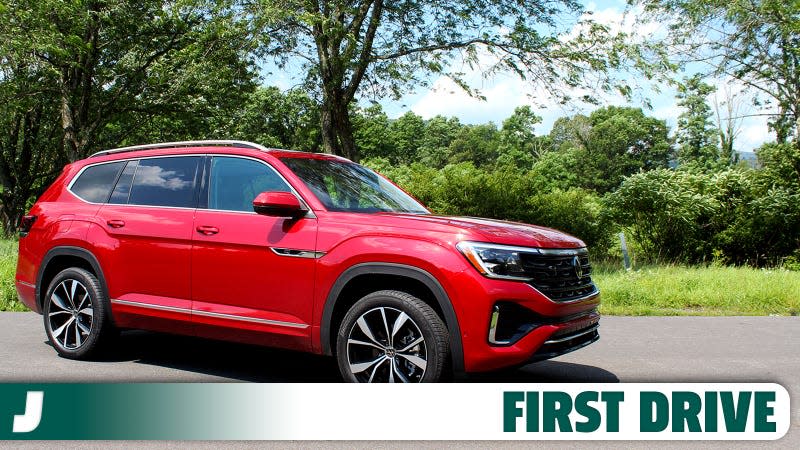
You’re spoiled for choice if you’re in the market for an SUV in America. Heck, if you’re only in the market for a German SUV stateside, you’re pretty spoiled for choice. With such a saturated segment to choose from, what can Volkswagen do to make its Atlas and Cross Sport models stand out? For 2024, the answer appears to be to pack more features into entry-level options, neaten up the interior and offer a more powerful four-cylinder motor. Question is, has it worked?
Full Disclosure: Volkswagen invited myself and several other journalists to the Catskills in upstate New York, where we were put up in an Airstream for a night, fed and allowed to drive the Atlas and Cross Sport SUVs around the mountains for a day.
Read more
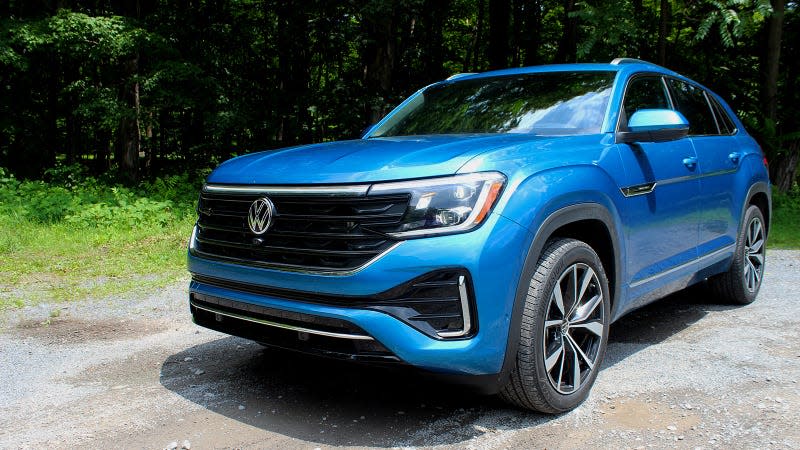
If it’s blue it’s a Cross Sport, the red one is the Atlas.
What Are The 2024 Atlas And Cross Sport?
Launched in 2017, the Volkswagen Atlas was a vehicle specifically developed for the American market. In its standard form, it’s a mid-size, three row SUV, while the Cross Sport loses a row of seats but gains a gaping trunk and a sportier-looking sloped roofline at the rear. However, these new iterations of both the Atlas and Cross Sport remain startlingly familiar looks-wise. VW did a little update to the front end, adding an LED light bar and giving the front an illuminated VW logo. The badge at the rear also lights up, but in red rather than the white you see on the nose.
Inside, there’s an updated interior that features some nice leatherette seats in most trims, and real leather if you opt for the top SEL and SEL Premium options. Both cars also have a new center console and more storage space inside the cabin. VW added wireless charging and up to eight USB plugs throughout for plugging everything in, including one in the rearview mirror to power a dash cam or radar detector.
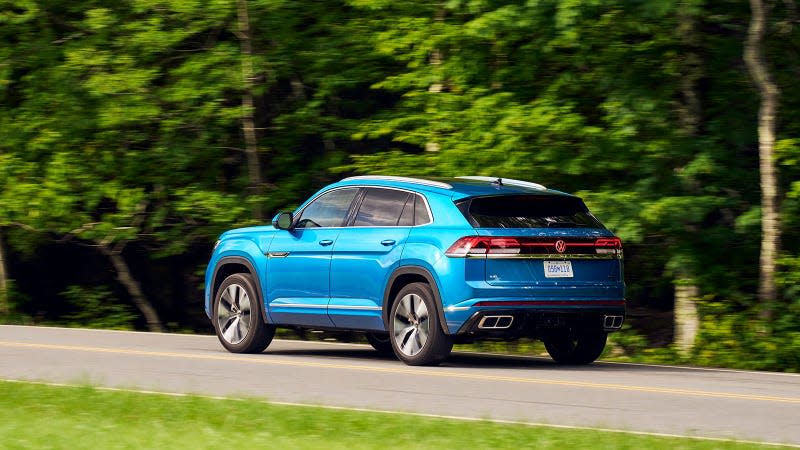
The Cross Sport loses the third row, but gains more trunk space.
Driving The 2024 Atlas And Atlas Cross Sport
The big change over the outgoing model is the updated engine, which despite being the same turbocharged four-cylinder unit you’ll find in the Golf R or Arteon, is perfectly capable of lugging around this 4,000 pound SUV, as well as towing nearly 5,000 pounds. In the new models, it produces 34 more horsepower than its predecessor (at 269 hp) and is connected to an eight-speed automatic gearbox, providing the Atlas with ample control for slow-speed maneuvers. This power helps make the Atlas more than capable climbing up to highway speeds when you mash the gas. When you do mash it, there’s a slight bass-y rumble from the engine but VW has taken steps to quieten the cabin – such as refinements to the crankcase and sections of the oil pan to reduce noise.
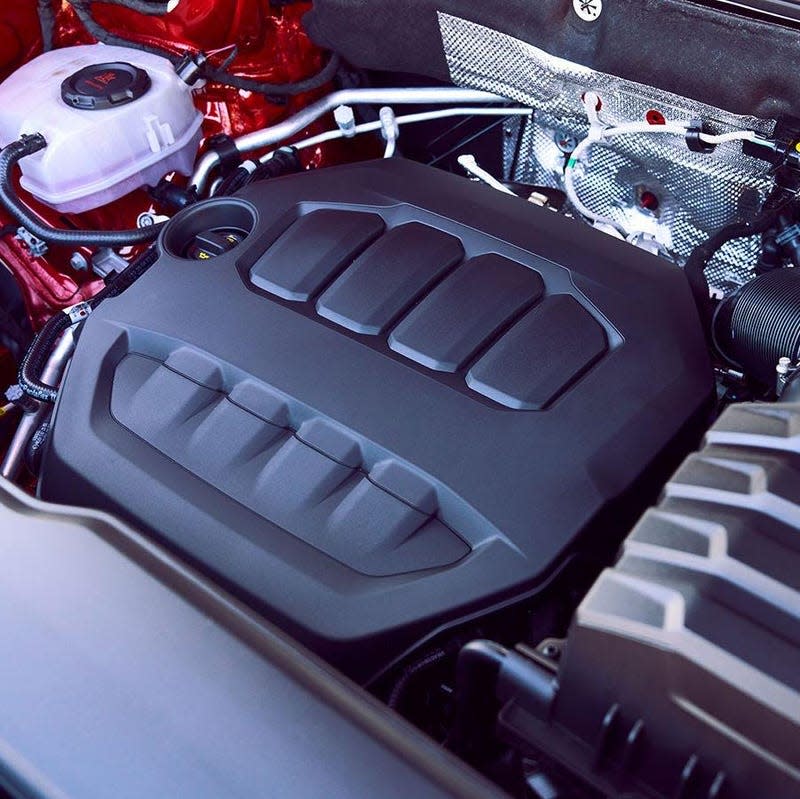
Four cylinders of pure power.
On the undulating roads you find around the Catskills, both the Atlas and the Cross Sport were perfectly capable, if a little unremarkable. The power was there when you needed it, but arrived on the scene with little fanfare, while the steering was super light and controlled without being aggressive or sloppy. What’s more, when you tackled a sharp bend, the car didn’t feel like it was rolling and lumbering around, like some larger SUVs can. Instead it stayed level and planted to ensure a smooth ride for everyone on board.
If you’re not satisfied with how the driving feels, you can tweak the way this car handles with the five driving modes that come equipped on the Atlas and Cross Sport, as well as a sixth Offroad setting available in all-wheel-drive models. I found that Comfort was the place I wanted to spend the most time as it kept the ride supple and the car steady. Then there’s Eco, to help achieve the car’s claimed 21 mpg fuel economy, along with Custom and Snow modes.
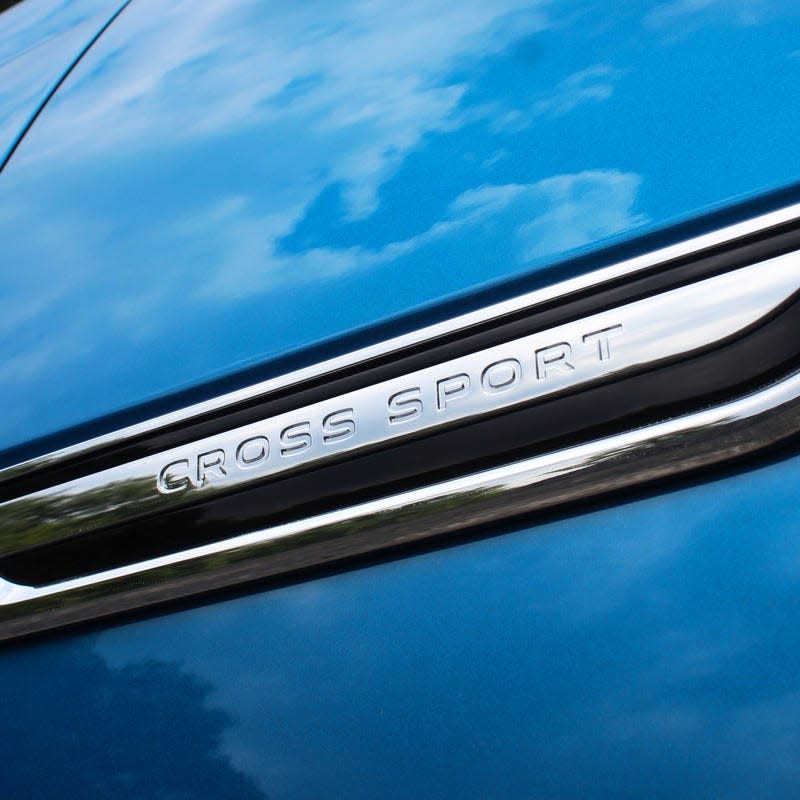
Does what it says on the tin.
There’s also a Sport setting, which is meant to take the car’s performance up a notch by altering the way the engine, transmission, steering and adaptive cruise control work. While Sport did lend a slight increase in the car’s responsiveness, the biggest change you’ll spot is the engine note that’s piped through the cabin. It’s noticeable as soon as you switch into Sport mode, and while it’s not really offensive in any way, it’s about as enjoyable as the sound of someone vacuuming on the floor above.
The Offroad setting is an interesting proposition, because I can’t see too many Atlas owners hitting the trails any time soon. But if you do, this position turns off the start/stop system and gives you manual control via VW’s Tiptronic transmission. It also activates the car’s Hill Descent Control on gradients of more than 10 percent. To aid those descents, the Atlas has 13.2-inch vented discs at the front and 12.2-inch rotors at the back fitted on both vehicles. They bring you to a steady halt at lights and stop signs, but with the momentum this SUV carries at higher speeds, they could definitely stand to be a touch more powerful.
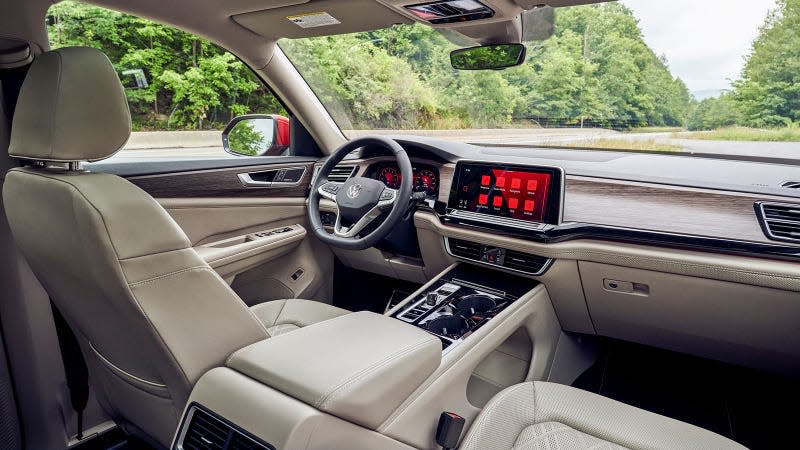
Screen Time.

 Yahoo Autos
Yahoo Autos 